Making a Hagenbuch Grave Ornament and Finishing Forty-Nine Beans
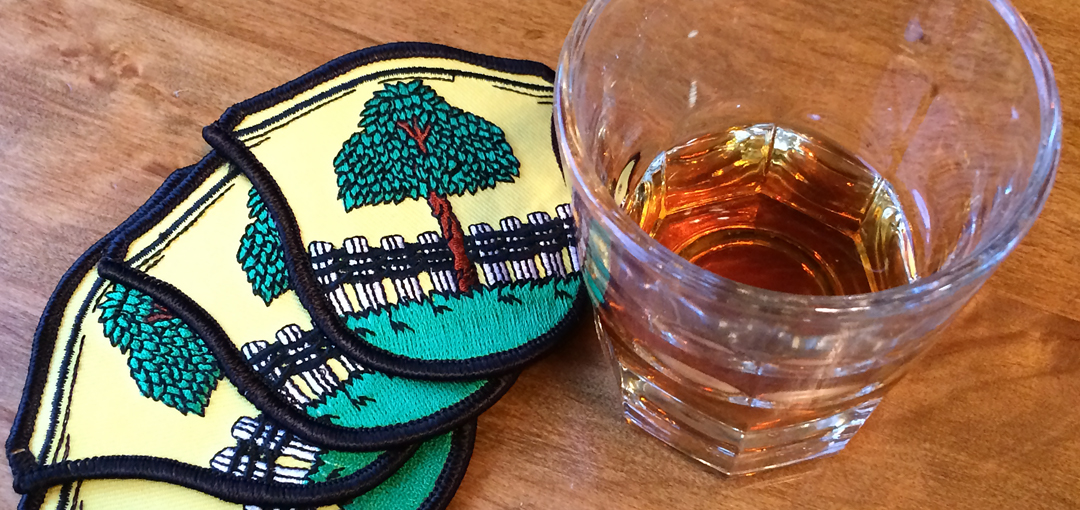
Along with being an important genealogy resource, cemeteries enable us to remember and connect with those who those from previous generations. In my family, we enjoy visiting the graves of loved ones and picnicking among the stones. We also occasionally place mementos or ornaments before leaving.
Putting an object on someone’s grave is an ancient custom. Step into a Jewish cemetery and you will see small “visitation stones” placed on the monuments. In other cemeteries, visitors may leave flowers, toys, pictures, or flags at the gravesite. These items are left in remembrance of the deceased.
With this in mind, I wanted to design a simple ornament, displaying the Hagenbuch coat-of-arms, that could be staked into the ground near a gravestone. My design for the ornament requires just a few materials:
- Hagenbuch patch
- wire clothes hanger
- needle-nose pliers
- needle and heavy thread
To begin, you need at least one Hagenbuch patch. These can be ordered for $5 each. Simply contact us with how many you want, and we will mail them to you. Then, use the needle-nose pliers to cut the hook off the clothes hanger. Straighten out the hanger and bend it in half.
Next, create a loop in the wire, in the middle where it has been bent in half. The loop should be about the diameter of the patch. At the bottom of the loop, twist the two pieces of the hanger together to form the stake portion of the ornament. You may want to leave the last few inches untwisted, so the ends of the hanger can be spread slightly. This makes the stake a bit more stable when driven into the ground.
Lastly, use the needle and thread to sew the edges of the patch onto the wire loop. The entire edge of the patch doesn’t need to be sewn onto the wire. Instead, start in the lower left corner of the patch and sew in a clockwise direction until reaching the patch’s lower right corner. You will now have a Hagenbuch coat-of-arms patch at the end of a wire stake that can be pushed into the ground.
Remembering a family member may consist of more than just decorating their grave. Sometimes a toast is called for as well! Previously, the recipe for making Forty-Nine Beans was featured on this site. The Pennsylvania Deitsch cordial, made using a bottle of Applejack, takes six months to infuse with the flavor of orange rind and coffee beans.
A few weeks ago, I pulled my ripened bottle of Forty-Nine Beans from the cupboard. Using a large pitcher and a sieve, I strained the contents of the bottle. Then, I washed out the bottle and poured the dark, amber liquid back into the bottle with the help of a funnel. Finally, I picked out the 49 coffee beans from the strained materials, added the beans back into the bottle, and discarded the orange rind.
Though the drink’s name features the coffee beans, I found the flavor of the orange to actually be more dominant. The coffee is secondary, as more of a sweet aftertaste. Overall, I recommend making a bottle of Forty-Nine Beans, especially if one is looking for a strong cordial—good for toasts—that connects with the Hagenbuch family’s Deitsch heritage. If nothing else, it is a great conversation starter.
In August, my immediate family traveled to Pennsburg, Pennsylvania to visit the grave of Andrew J. Hagenbuch (b. 1852). We spread a blanket under the trees at the edge of the cemetery and enjoyed a picnic lunch together. When finished, we walked over to Andrew’s grave. His two wives and mother are buried in the plot too. We staked our family coat-of-arms in front of the main stone and stepped back. Though a simple gesture, adding the beech tree to Andrew’s grave demonstrated for all to see that the memory of this Hagenbuch family member remains alive and has not been forgotten.

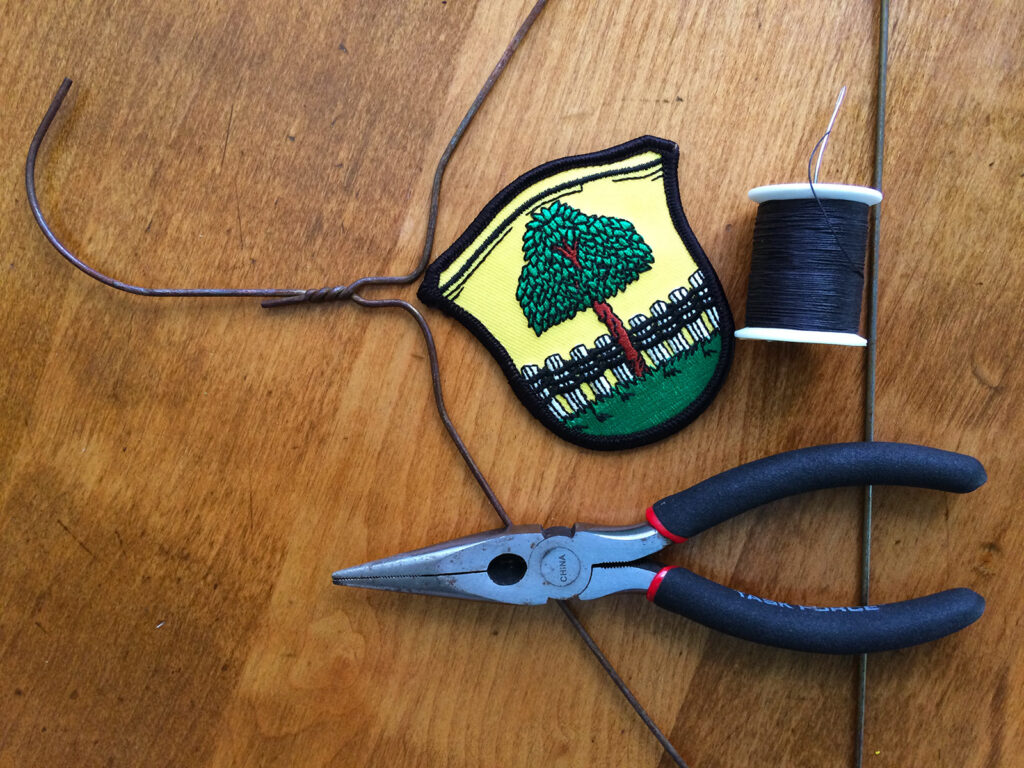
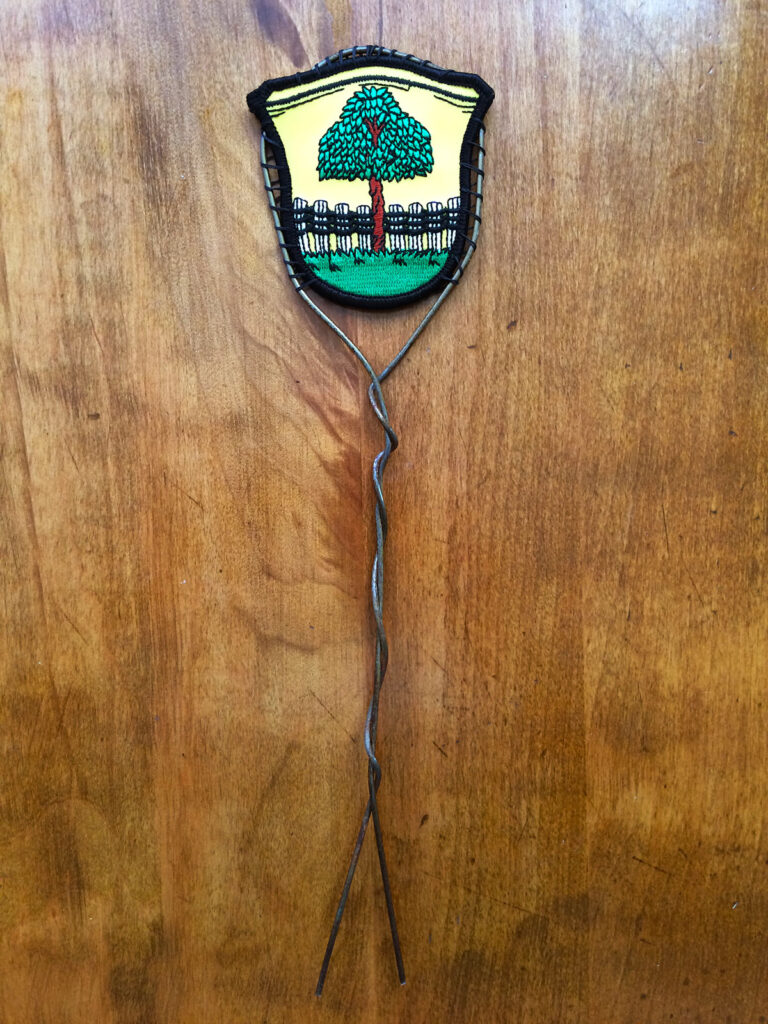
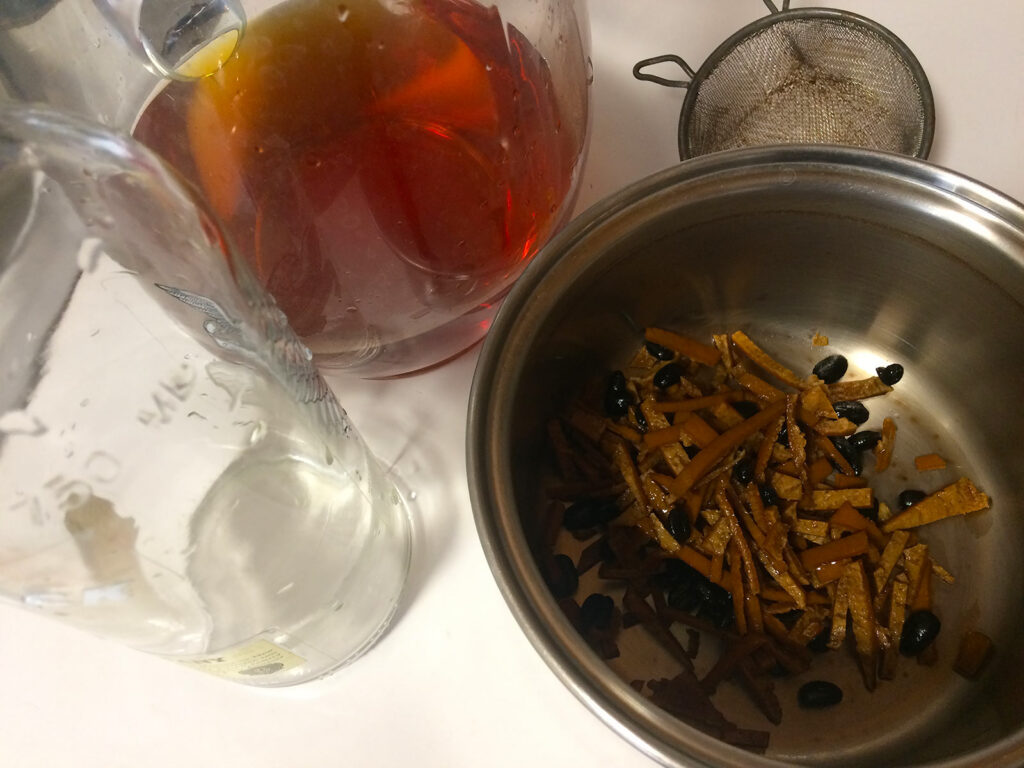
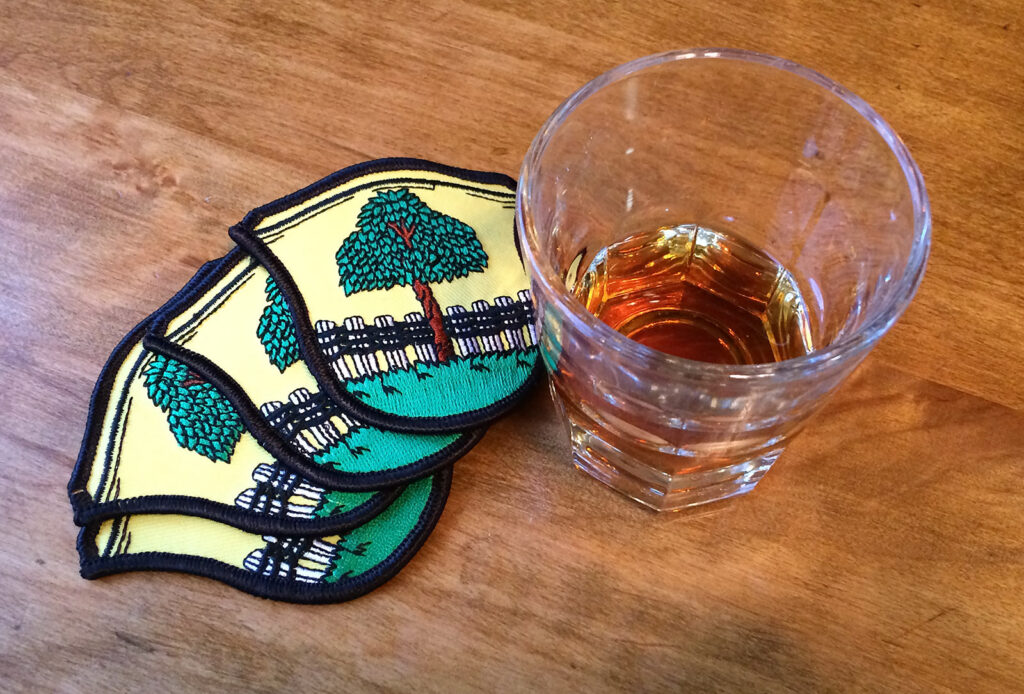
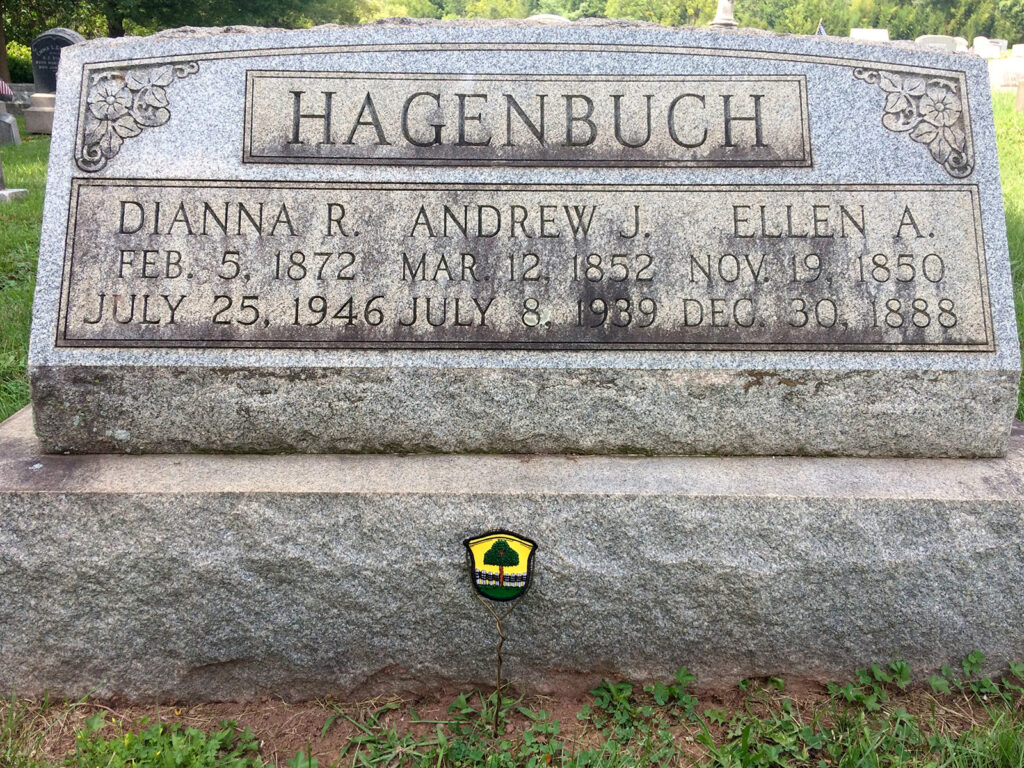

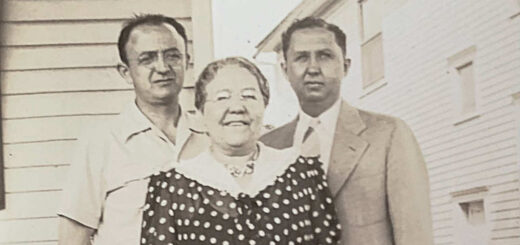
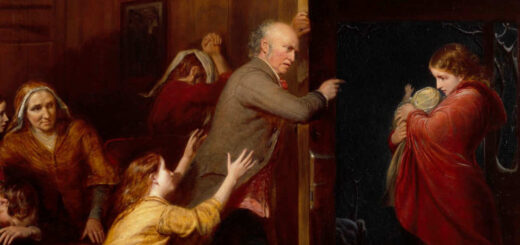













I’m glad the Forty-Nine Beans turned out. Save some for when I get a chance to visit. Who knows when that will be 🙂
Will do, Ben! I will likely have to get another bottle started as this one is going fast 🙂
I knew a family in the Atlanta area that always held their 4th of July picnic and reunion in the family cemetery. I always thought that was a little strange…but now I look at it in a different way. I think it’s a good idea to connect with both the present relatives and the past. We need more of that. Thanks for the grave marker idea too. I’m not so sure that I’ll try the “Forty-nine Beans” though….I’d rather keep all the ingredients separate to enjoy individually. ‘Til next time.
Hi Uncle Dave. You might check out this article too, which gives an interesting perspective on picnicking in cemeteries: https://www.atlasobscura.com/articles/picnic-in-cemeteries-america Also this is the exact stone we picnicked by: https://www.findagrave.com/memorial/77073535/john-doe I didn’t realize it was a John Doe until I walked over to it—a bit unusual for a church cemetery.